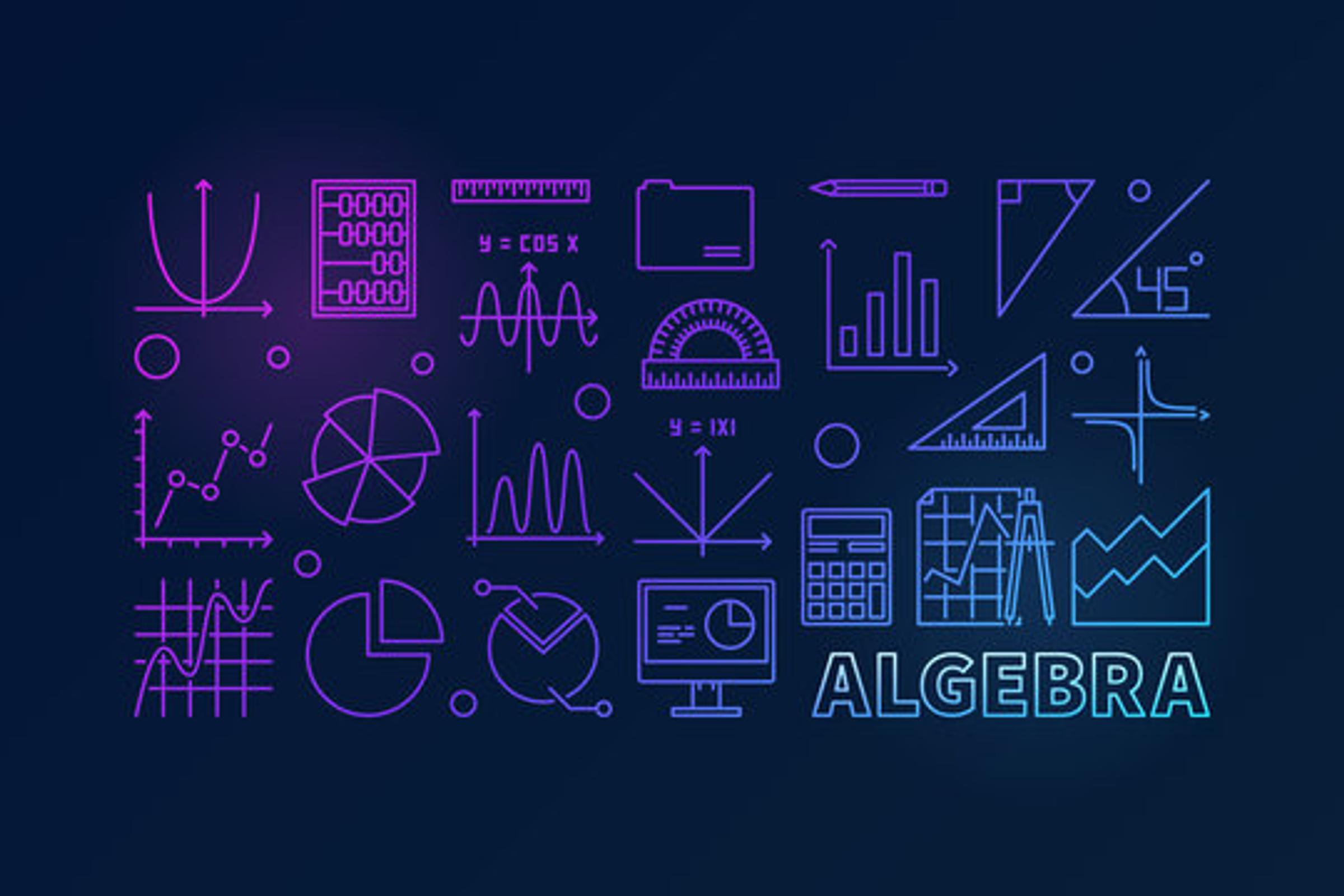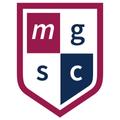Mathematics

Core Mathematics
Mathematics at Year 9 has a key focus on students further developing their mathematical skills and knowledge via engaging in problem solving and inquiry-based learning activities. They are introduced to mathematical technologies to facilitate their learning of concepts and deepen their understanding of the connections to real-world contexts.
Content
- Number: Profit/loss, simple interest, wages, and number systems.
- Algebra: Linear equations and inequalities, sketching linear graphs, quadratic equations and related graphs.
- Measurement: Pythagoras’ theorem, unit conversions, area, surface area, volume and capacity of regular and composite shapes.
- Space: Trigonometric ratios, parallel and perpendicular lines, angle and triangle properties and similarity.
- Statistics: Univariate data, summary statistics and displays, bivariate data, scatterplots and boxplots.
- Probability: Tree diagrams, Karnaugh maps, Venn diagrams, theoretical and experimental probability.
Special Conditions
Students should retain their CAS (computer algebra system) calculator from Year 9 as it will be a key resource for their Year 10 and subsequent VCE maths studies.
Assessment
Students will complete three CAT tasks per semester covering the Victorian Curriculum 2.0 strands of Number, Algebra, Measurement, Space, Statistics and Probability. CAT structures will vary between topic tests, problem solving/modelling tasks, collaborative investigation tasks that all require the application of the mathematical content studied. Students will also sit two end-of semester exams.
Enhancement Mathematics
Mathematics in Year 9 enhancement has a key focus on students extending their mathematical knowledge and creative and critical thinking skills via engaging in problem solving and inquiry-based learning activities. They are introduced to mathematical technologies to facilitate their learning of concepts and deepen their understanding of the connections to real-world contexts.
Content
- Number: Simple interest, compound interest, wages, taxation, indices, surds and number systems.
- Algebra: Linear equations and inequalities, simultaneous equations, sketching linear graphs, midpoint and distance between points, quadratic equations and related graphs.
- Measurement: Pythagoras’ theorem, unit conversions, area, surface area, volume and capacity of regular and composite shapes.
- Space: Trigonometric ratios, parallel and perpendicular lines, angle and triangle properties, congruence, similarity and geometric proofs.
- Statistics: Univariate data, summary statistics and displays and boxplots.
- Probability: Tree diagrams, Karnaugh maps, Venn diagrams, theoretical and experimental probability.
Special Conditions
Students should retain their CAS (computer algebra system) calculator from Year 9 as it will be a key resource for their Year 10 and subsequent VCE maths studies.
Assessment
Students will complete three CAT tasks per semester covering the Victorian Curriculum 2.0 strands of Number, Algebra, Measurement, Space, Statistics and Probability. CAT structures will vary between topic tests, problem solving/modelling tasks, collaborative investigation tasks that all require the application of the mathematical content studied. Students will also sit two end-of semester exams.
